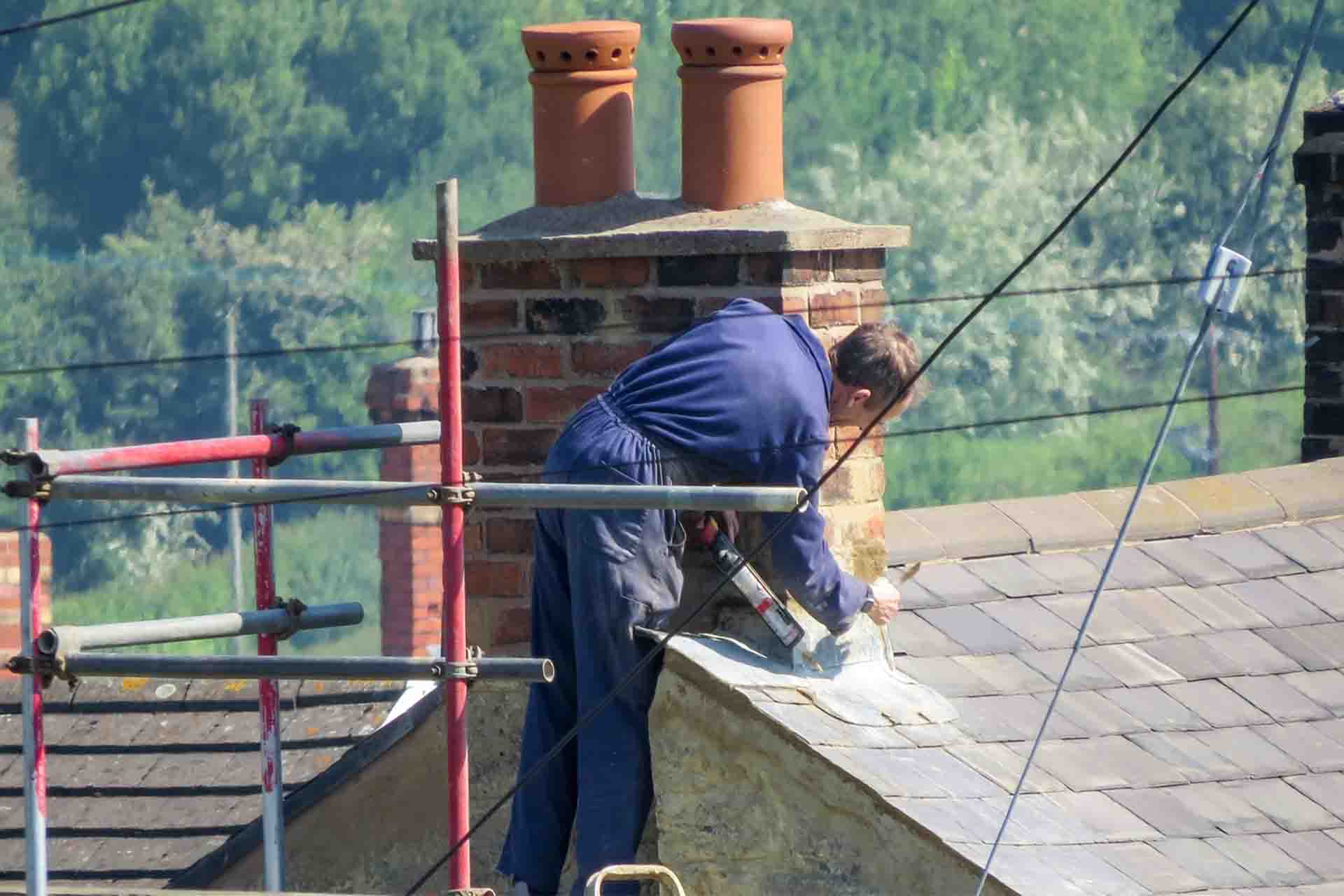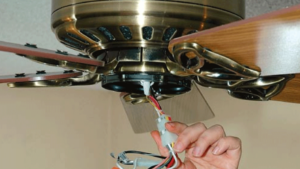Removing a chimney breast can transform your living space, providing more room and a modernized look to your home. Whether you’re looking to open up a room, improve the layout, or repurpose the space for something else, understanding the costs involved is essential for proper planning.
This comprehensive guide will walk you through everything you need to know about the costs associated with removing a chimney breast, ensuring you make informed decisions for your home improvement project.
Factors Influencing the Cost of Removing a Chimney Breast
1. Size and Complexity of the Chimney Breast
The size and complexity of the chimney breast significantly impact the removal cost. Larger and more complex structures require more time and effort to dismantle, resulting in higher costs.
Approximate Costs:
- Small chimney breast: £1,000 – £1,500
- Medium chimney breast: £1,500 – £2,500
- Large chimney breast: £2,500 – £4,000
2. Location of the Chimney Breast
The location within your home also affects the cost. Removing a chimney breast from the ground floor may be less complicated than removing one from an upper floor or through multiple floors.
Approximate Costs:
- Ground floor: £1,500 – £2,000
- First floor: £2,000 – £3,000
- Through multiple floors: £3,000 – £5,000
3. Structural Support Requirements
After removing a chimney breast, structural support must be added to maintain the integrity of the building. The type of support needed, such as gallows brackets or steel beams, will influence the cost.
Approximate Costs:
- Gallows brackets: £200 – £400
- Steel beams: £800 – £1,500
- Professional structural engineer consultation: £300 – £500
4. Making Good the Area
Once the chimney breast is removed, the area will need to be repaired and redecorated. This includes plastering, painting, and possibly flooring work.
Approximate Costs:
- Plastering: £300 – £600
- Painting: £200 – £500
- Flooring: £200 – £800
Additional Costs to Consider
1. Waste Removal
Removing a chimney breast generates a significant amount of debris and waste. Proper disposal of this waste is essential, and hiring a skip or waste removal service will add to the overall cost.
Approximate Costs:
- Skip hire: £150 – £300
- Waste removal service: £200 – £400
2. Building Regulations and Planning Permission
In some cases, you may need to comply with building regulations or obtain planning permission, particularly if the removal affects the structural integrity of the building or if you live in a listed building.
Approximate Costs:
- Building regulations approval: £200 – £500
- Planning permission (if required): £150 – £300
3. Professional Labour
The cost of hiring professionals to carry out the work varies based on their experience, location, and the complexity of the job.
Approximate Costs:
- Builder or contractor: £150 – £250 per day
- Structural engineer: £300 – £500
- Labourer: £100 – £150 per day

Cost Breakdown Example
Example 1: Ground Floor Chimney Breast Removal
- Size: Medium
- Location: Ground floor
- Structural support: Gallows brackets
- Making good: Plastering and painting
- Waste removal: Skip hire
- Professional labour: 2 builders for 2 days
Total Cost:
- Medium chimney breast removal: £2,000
- Gallows brackets: £300
- Plastering and painting: £700
- Skip hire: £200
- Professional labour: £800
Estimated Total: £4,000
Example 2: First Floor Chimney Breast Removal
- Size: Large
- Location: First floor
- Structural support: Steel beam
- Making good: Plastering, painting, and flooring
- Waste removal: Waste removal service
- Professional labour: 3 builders for 3 days
Total Cost:
- Large chimney breast removal: £3,000
- Steel beam: £1,200
- Plastering, painting, and flooring: £1,200
- Waste removal service: £300
- Professional labour: £1,800
Estimated Total: £7,500
Steps Involved in Chimney Breast Removal
1. Initial Consultation and Assessment
Before starting the removal, consult with a structural engineer or builder to assess the feasibility and determine the necessary structural support. They will provide you with a detailed plan and cost estimate.
2. Obtaining Necessary Permissions
Ensure you have the required building regulations approval and planning permission, if applicable. This step is crucial to avoid legal issues and ensure the safety of your home.
3. Preparing the Site
Clear the area around the chimney breast and protect your furniture and belongings. Setting up temporary structural support may be necessary to ensure the building’s integrity during removal.
4. Removing the Chimney Breast
The removal process typically involves:
- Carefully dismantling the chimney breast brick by brick
- Installing the chosen structural support (gallows brackets or steel beams)
- Ensuring the remaining structure is stable and secure
5. Making Good the Area
Once the chimney breast is removed, the affected area must be repaired and redecorated:
- Plastering the exposed walls
- Painting and decorating to match the surrounding area
- Replacing or repairing flooring, if necessary
6. Waste Disposal
Dispose of the debris and waste generated during the removal process. Hiring a skip or waste removal service ensures proper and efficient disposal.
Cost-Saving Tips
1. DIY Where Possible
If you have the necessary skills, consider doing some of the work yourself, such as preparing the site, minor demolition, or redecorating. This can significantly reduce labour costs.
2. Obtain Multiple Quotes
Get quotes from several builders and contractors to ensure you get the best price. Comparing quotes helps you understand the market rate and avoid overpaying.
3. Plan Efficiently
Plan the project efficiently to minimize the time required. The longer the project takes, the higher the labour costs. Clear communication and proper scheduling with your contractor can help achieve this.
4. Reuse Materials
If possible, reuse materials from the chimney breast removal, such as bricks, for other home improvement projects. This can save on materials costs for future renovations.
Conclusion
Removing a chimney breast is a significant home improvement project that can enhance your living space and add value to your property. By understanding the various factors that influence the cost and planning accordingly, you can ensure a successful and cost-effective project. Whether you choose to hire professionals or tackle some tasks yourself, careful consideration and proper planning will help you achieve the desired results.
Information Table
| Factor | Cost Range (£) |
| Size of Chimney Breast | 1,000 – 4,000 |
| Location | 1,500 – 5,000 |
| Structural Support | 200 – 1,500 |
| Making Good the Area | 700 – 1,900 |
| Waste Removal | 150 – 400 |
| Building Regulations | 200 – 500 |
| Planning Permission | 150 – 300 |
| Professional Labour | 100 – 250 per day |
This guide aims to provide a comprehensive overview of the costs and steps involved in removing a chimney breast. By considering these factors and planning accordingly, you can make informed decisions and achieve a successful home improvement project.




